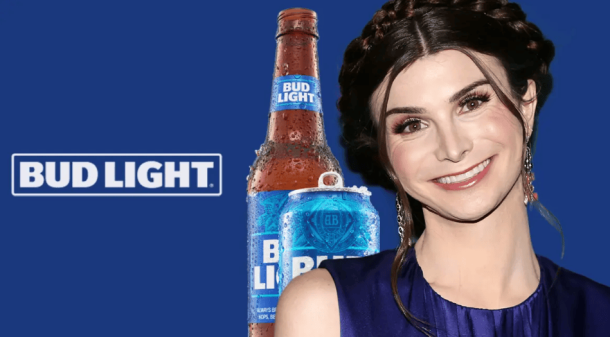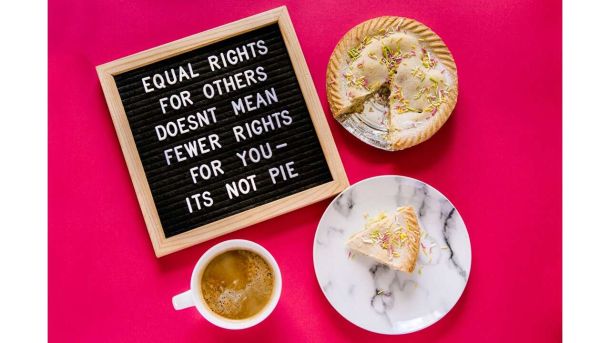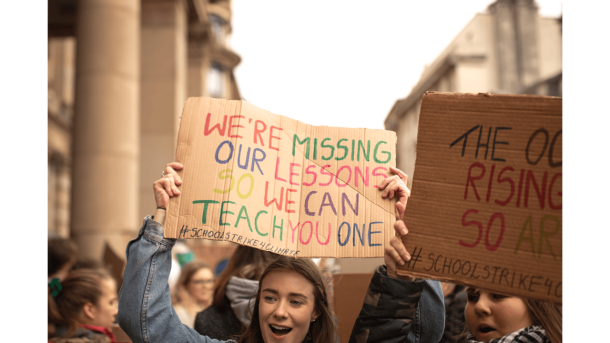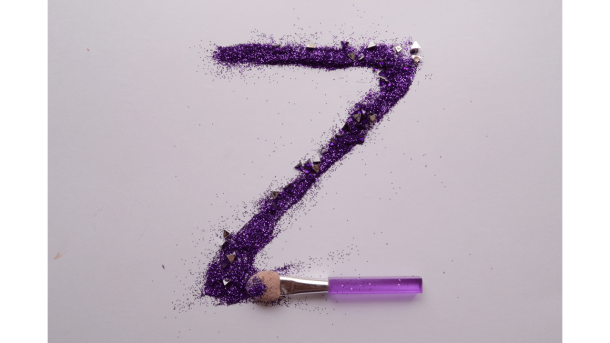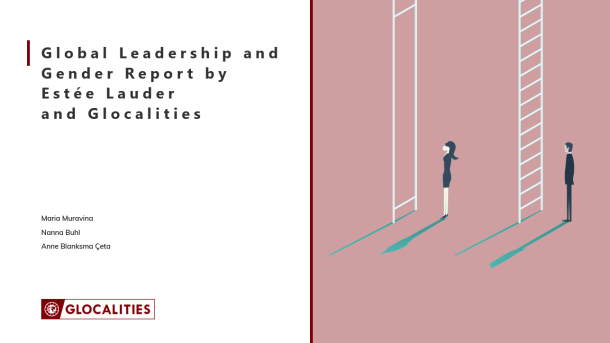Building Brands with Gender Inclusivity in Mind
Gender inclusivity has emerged as a prominent focus for consumer-centric brands. Companies spanning diverse sectors are recognizing the importance of liberating themselves from the constraints of conventional gender norms and stereotypes.
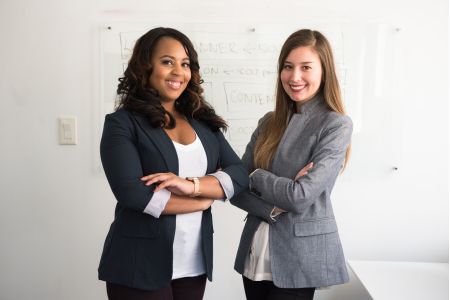
According to data from Glocalities, gender role flexibility is on the rise across all age groups. However, this wave of change is most pronounced among Gen Z. Gender role flexibility refers to the willingness and ability of individuals to adopt and perform a wide range of behaviors, roles, and responsibilities regardless of their gender identity or societal expectations associated with gender. It challenges traditional gender roles and stereotypes that dictate certain behaviors, roles, and responsibilities as being appropriate for individuals based on their gender. Gender role flexibility promotes a more inclusive and equitable society by allowing people to express themselves and pursue opportunities and roles that align with their individual interests, abilities, and preferences rather than being limited by rigid gender norms.
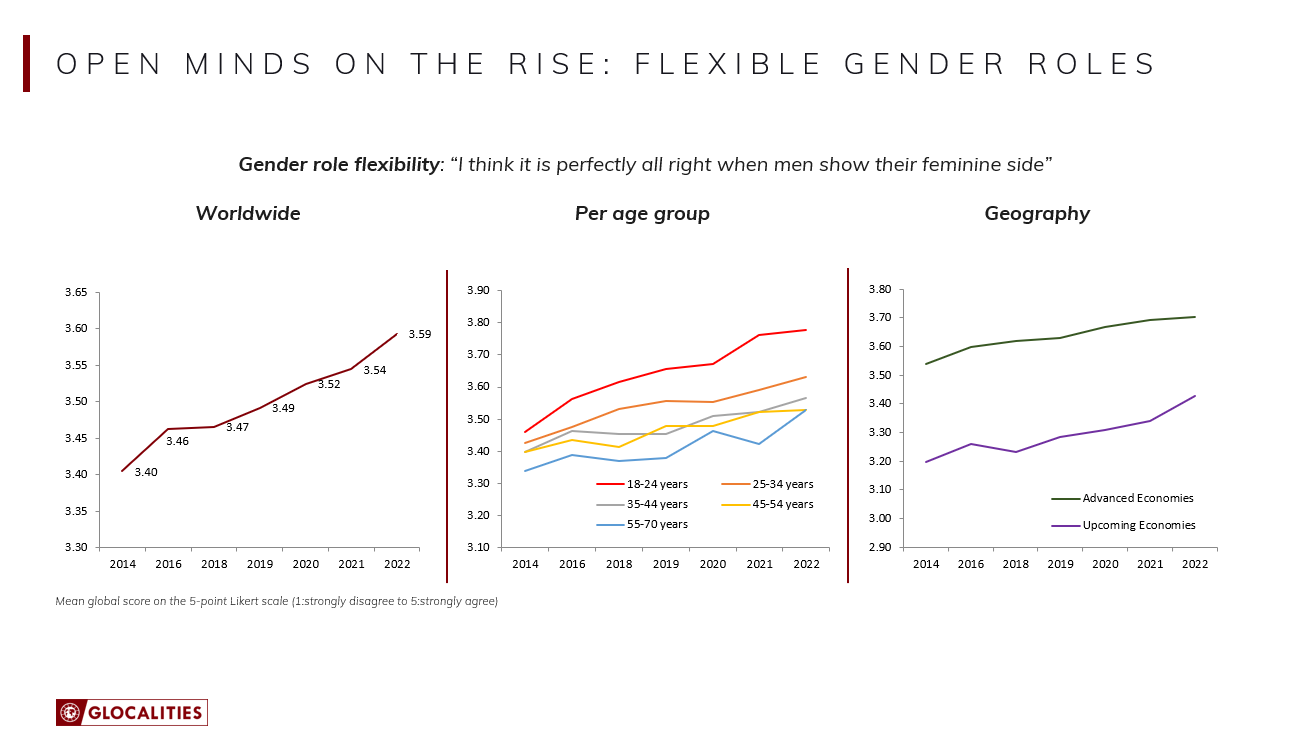
Simultaneously, a parallel trend is emerging within the realm of consumer behavior, where consumers are placing increasing importance of the origins of brands. Once again, this shift is particularly pronounced among the younger demographic. These trends underscore the significance of weaving gender inclusivity into brand narratives. By doing so, brands can effectively connect with and resonate with younger generations, reflecting their values and aspirations in a rapidly evolving social landscape.

Gender-inclusive marketing
Building a gender-inclusive brand requires a radical shift in marketing strategies. Traditionally, marketing often played into gender stereotypes, perpetuating the idea that certain products and roles were inherently masculine or feminine. However, today's progressive brands are challenging these norms. Consider Aesop, a skincare and wellness brand, and MILK makeup. They have embraced gender-inclusive marketing by dismantling traditional stereotypes surrounding beauty and skincare by building gender fluid campaigns and highlighting the idea of gender inclusivity in its products usage.
But how can other brands follow suit? The answer lies in shifting the focus away from gender norms and stereotypes. Instead, brands can centre their marketing efforts around values, lifestyles, and trends. Values tap into the beliefs and priorities of the target audience, while lifestyle delves into their behaviours and preferences. Understanding where and how people spend their leisure time is crucial for effective targeting. Trends reflect the socio-cultural phenomena that shape people's choices and behaviours. By concentrating on these elements, brands can create more diverse and inclusive representations of their target audience, ultimately leading to the development of a more gender-inclusive brand.

1. Product and Service Diversity
Following the principles of gender-inclusive marketing, brands must ensure that their products and services are as diverse as the customers they serve. Gender inclusivity should be the guiding principle here. In other words, products and services should transcend gender boundaries, catering to a broad spectrum of individuals.
2. Gender inclusive language
Language holds immense power in shaping perceptions and promoting inclusivity. Brands should be mindful of the words they use. Rather than relying on gender-specific pronouns, consider embracing gender-neutral ones. Replace "he" or "she" with "they," "you," "we," or "us." Even when referring to relationships, replace gendered terms like "girlfriend," "boyfriend," "wife," or "husband" with more inclusive alternatives like "partner" or "spouse."
3. Inclusive workplace
Creating a gender-inclusive brand extends beyond external marketing efforts. It also encompasses the internal workings of the organization. A key aspect of this is fostering an inclusive workplace. Transparency and accountability are vital in this regard. Companies should be open about their commitment to inclusivity and hold themselves accountable for promoting gender diversity and equality within their ranks.
4. Community engagement
Finally, to build a truly gender-inclusive brand, engagement with communities promoting gender inclusion is paramount. Brands should actively participate in, and support initiatives and organizations dedicated to breaking down barriers and advocating for gender equality.
In conclusion, as society evolves, so too must the brands that serve it. MILK Makeup and Aesop, along with other progressive brands, have shown us that building a gender-inclusive brand requires a comprehensive approach that encompasses marketing, products, language, workplace culture, and community engagement. By embracing these principles, brands can not only thrive in a more inclusive world but also contribute positively to the ongoing struggle for gender equality.
Ready to build a more gender-inclusive brand or want to gain deeper insight into how to tap into your target audience through gender-inclusivity? Get in contact with our team of research consultants or visit Glocalities to step into the shoes of your target audience.
